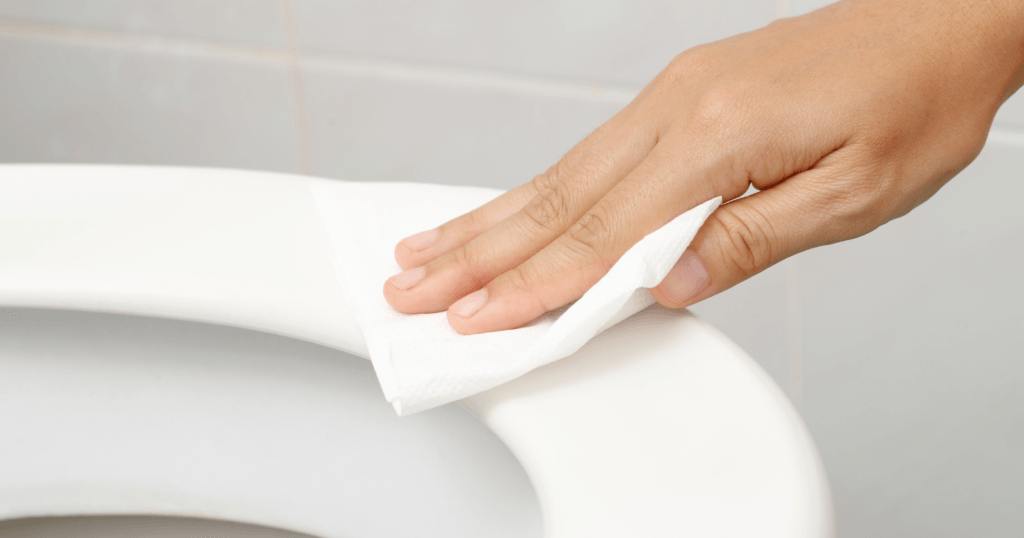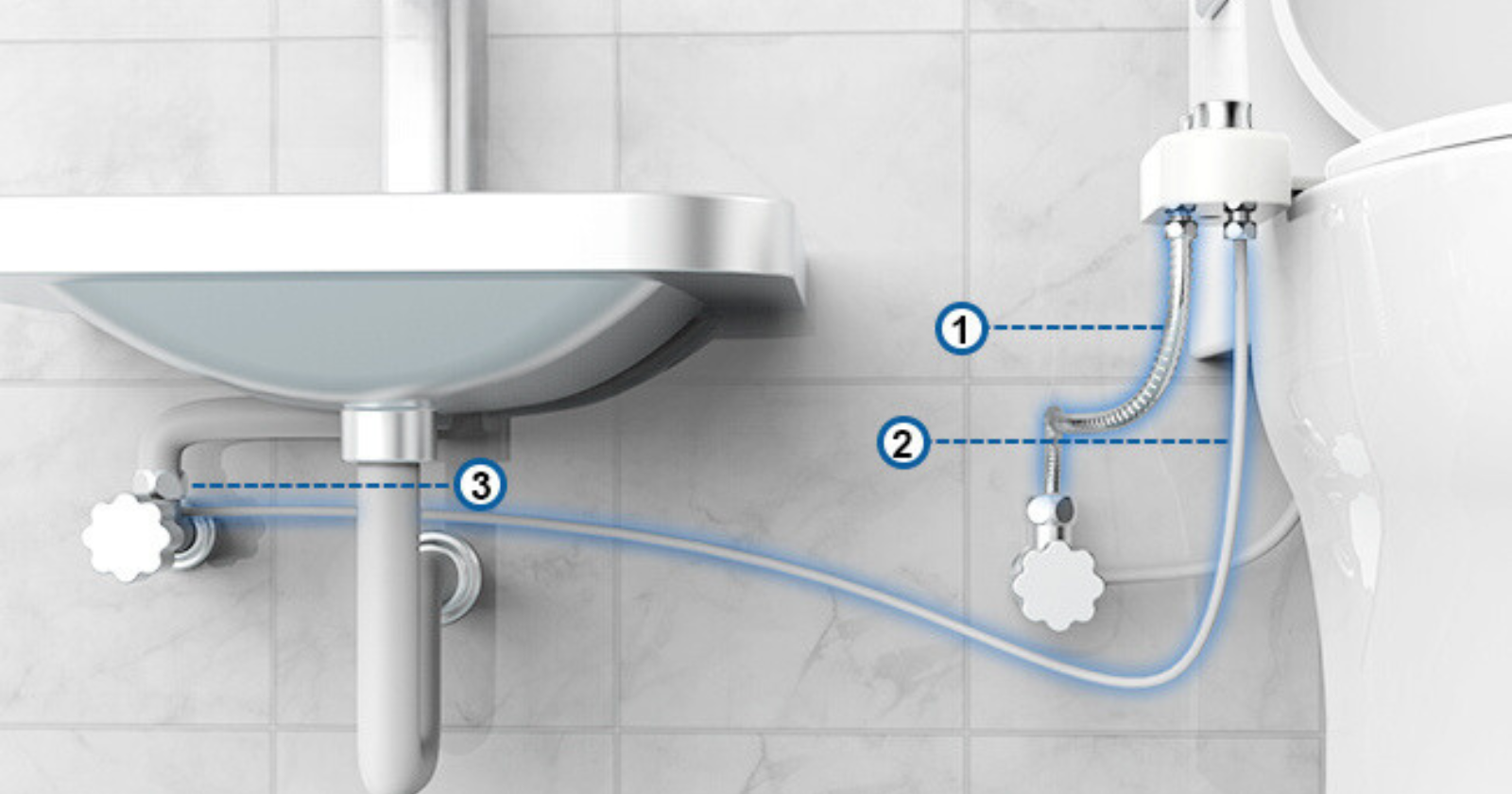
Installing a bidet can be a fantastic change to your bathroom experience, offering enhanced hygiene and comfort. However, the installation process can sometimes be tricky, especially if you’re not familiar with plumbing or the specific requirements of your bidet model.
This post will discuss Common Bidet Installation Mistakes To Avoid to ensure a smooth and successful setup. From selecting the right tools to following the manufacturer’s instructions, we’ll cover everything you need to know to avoid common pitfalls and get your bidet up and running efficiently.
Whether you’re a DIY enthusiast or a first-time installer, this guide will help you confidently navigate the process.
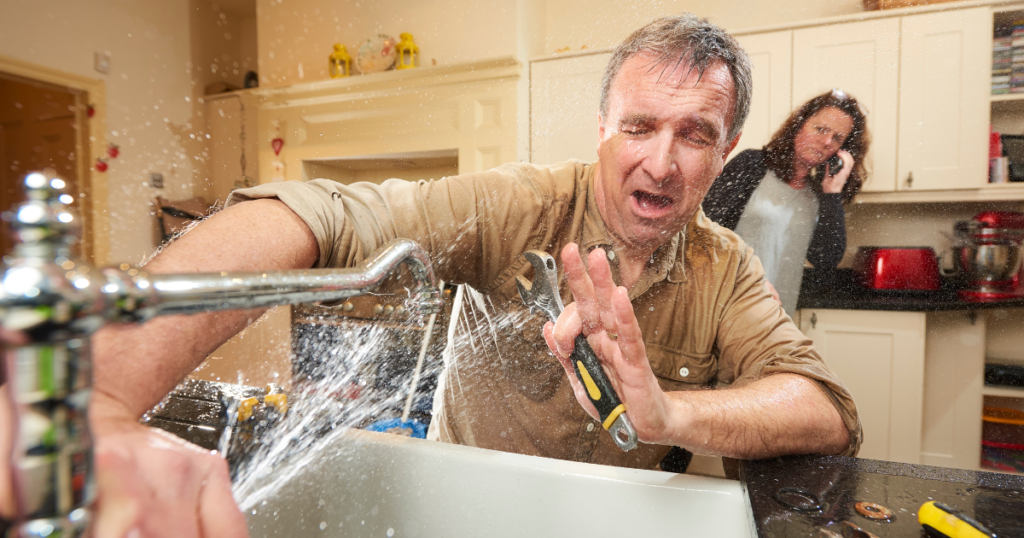
Essential Preparation for Bidet Installation
Setting up a bidet requires careful planning and some basic plumbing knowledge. The key areas to focus on are understanding plumbing needs, choosing the right bidet, and having the right tools ready.
Understanding Plumbing Requirements
Before installing a bidet, you need to understand the plumbing requirements. First, check if your existing toilet has a cold water supply line. Most bidets require a T-valve to split the water supply between the toilet and the bidet. You also need to turn off the water supply at the shut-off valve to avoid leaks.
Additionally, be aware of the need for a backflow preventer, which stops contaminated water from flowing back into your water supply. If you’re unsure about any plumbing connections, consult a licensed plumber. Proper plumbing setup ensures smooth and leak-free operation.
Selecting the Right Bidet for Your Bathroom
Choosing the appropriate bidet for your bathroom is essential. Different types include toilet seat bidets, handheld sprayers, and standalone units. Decide which type fits best with your existing toilet and bathroom layout.
Considerations include the size of your toilet bowl and the water pressure available in your home. Look for features like adjustable water temperature, eco-friendly options, and easy installation. Reading user reviews can provide insights into the reliability and ease of installation of different bidet models. Selecting the right bidet ensures better performance and user satisfaction.
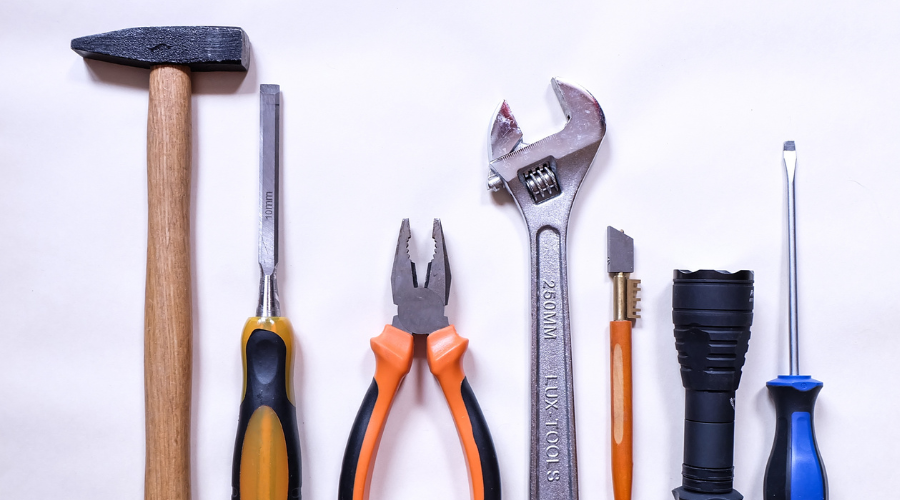
Gathering Necessary Tools and Materials
Having the right tools and materials can make the installation process much easier. Here is a list of what you might need:
- Screwdriver: For securing parts and removing existing fixtures.
- Adjustable Wrench: Useful for tightening connections.
- Teflon Tape: Helps prevent leaks at threaded connections.
- T-Valve: Splits the water supply between the bidet and the toilet.
- Supply Hose: Connects the bidet to the water supply.
- Shut-Off Valve: Controls water flow during installation.
Check the bidet instructions for any specific tools required. Gathering these items beforehand can save you time and effort and ensure a smoother installation process.

Executing the Bidet Installation Process
Installing a bidet involves securing it properly, connecting it to the water supply correctly, and ensuring electrical compliance and safety for electric models. These steps are critical for a successful installation and to avoid common mistakes.
Securing the Bidet Properly
Securing a bidet involves careful placement and attachment to ensure its stability. For a floor-mounted bidet, start by positioning it over the mounting holes. Then, fasten it securely to the floor using mounting bolts. Applying a silicone sealant around the base is important to prevent leaks.
For wall-mounted bidets, check that the brackets are securely attached to the mounting holes on the wall. Use heavy-duty bolts to ensure that the bracket can support the bidet’s weight. Accuracy in alignment is key to avoiding tilting or instability. Lastly, wipe off any excess sealant around the connections to ensure a neat finish.
Connecting to the Water Supply Correctly
Turning off the supply valve before beginning is crucial for a proper water supply connection. Then, connect the bidet to the cold water line using a flexible water supply hose. This hose should be free from kinks to avoid water flow issues.
Attach a bidet sprayer to the existing water supply line when installing it. Bidet seats and electric bidet models often come with flexible hoses. Make sure all connections are tight to prevent leaks. If the bidet has a mixing valve, adjust it to a comfortable temperature before securing it fully. Lastly, check for any leaks after turning the water supply back on.
Ensuring Electrical Compliance and Safety
Electric bidets require an electrical outlet nearby, ideally a GFCI outlet, for safety. Before plugging in an electric bidet, make sure that the electrical system meets the bidet’s requirements. Using a professional electrician can be necessary if you’re unsure about electrical specifics.
It’s important to avoid using extension cords with these devices. Electric bidet seats and models need to be plugged directly into an outlet. Double-check that the bidet is grounded properly to prevent electrical hazards. Ensuring all electrical connections are well-insulated helps maintain both safety and functionality.
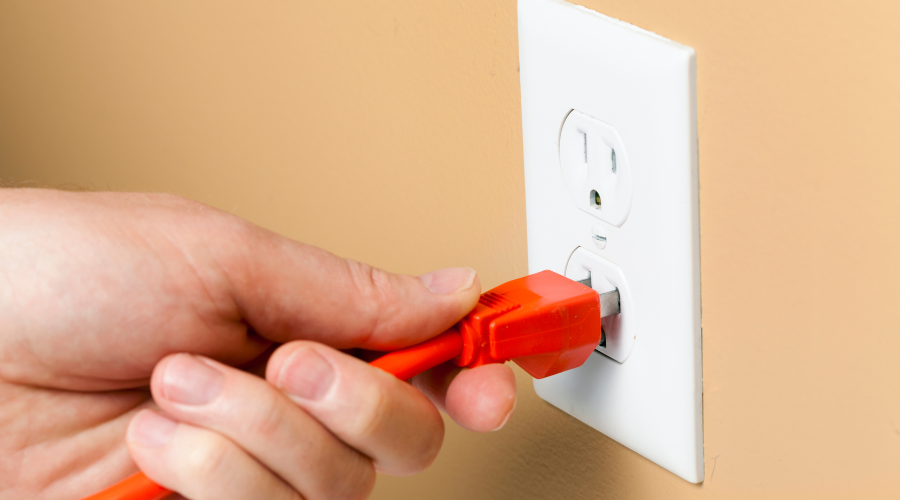
Common Bidet Installation Mistakes To Avoid
When installing a bidet, it’s essential to ensure everything is set up correctly to avoid common problems. You want to prevent leaks and maximize comfort and hygiene while making final adjustments to guarantee a successful installation.
Preventing Leaks and Water Damage
Leaks can cause significant water damage and ruin the convenience of your bidet. First, turn off the water supply before beginning the installation. This step is crucial and prevents any unintended leaks.
Use high-quality parts to avoid compatibility issues. Check that all connections are secure, but do not overtighten them, as this can lead to leaks. If you’re replacing specific components like the spray or hose in a handheld bidet, verify part sizes to avoid any mismatch in connections.
Ensure the water pressure is appropriate. Too high pressure can cause leaks, while too low pressure affects performance. Professional assistance is advisable for complicated setups to ensure everything is done correctly.
Optimizing for Comfort and Hygiene
Installing a bidet is not just about functionality; comfort and hygiene are also paramount. Choose a bidet with adjustable temperature and water pressure settings to cater to personal preferences and sensitive skin.
Some bidets offer air dryers and night lights for added hygiene. Heated seats provide extra comfort, especially in colder climates. If you have hemorrhoids or urinary tract infections, opt for a gentle, warm water setting to enhance personal hygiene without irritation.
Consider the sitting position and reach. Ensure the bidet attachment or handheld bidet spray is within easy reach and can be comfortably operated. A stylish design that fits well in the available space can also make the experience more pleasant.
Final Checks and Adjustments
After installation, perform a thorough check to ensure everything is working correctly. Turn on the water supply and test all functions of the bidet. Check for leaks at every connection point, including the faucet and bidet attachments.
Make final adjustments to water pressure and temperature settings. Aim for a gentle but effective spray that ensures cleanliness. Also, adjust any features like heated seats or night lights according to personal needs.
If you encounter any issues, seek professional assistance to correct them. Even minor errors can lead to significant problems over time, so rectify them immediately.
Wrapping Up
Being aware of Common Bidet Installation Mistakes To Avoid can save you time, money, and frustration. You can set up your bidet with confidence and ease by ensuring you have the right tools, reading the installation manual carefully, double-checking for leaks, and taking the necessary precautions with plumbing connections.
Avoiding these common pitfalls will help you achieve a successful installation and ensure that your bidet functions optimally, providing you with the comfort and hygiene benefits you seek. Remember, a little preparation and attention to detail can go a long way in ensuring a smooth and hassle-free bidet installation experience.
Frequently Asked Questions
When I help folks install bidets, I get many questions. So, let’s clear up a few common queries to ensure your installation goes smoothly.
Can installing a bidet lead to leaks, and how can I prevent them?
Yes, improper installation can cause leaks. I make sure to use two 3/8″ shutoff valves for hot and cold water and check the connections are tight. Using thread tape on fittings also helps prevent leaks.
What are some common errors to watch out for when connecting a bidet to existing plumbing?
One mistake I see is mismatched fittings or not using a backflow preventer. Always ensure the bidet’s specs match your home’s plumbing, and consider consulting a professional.

